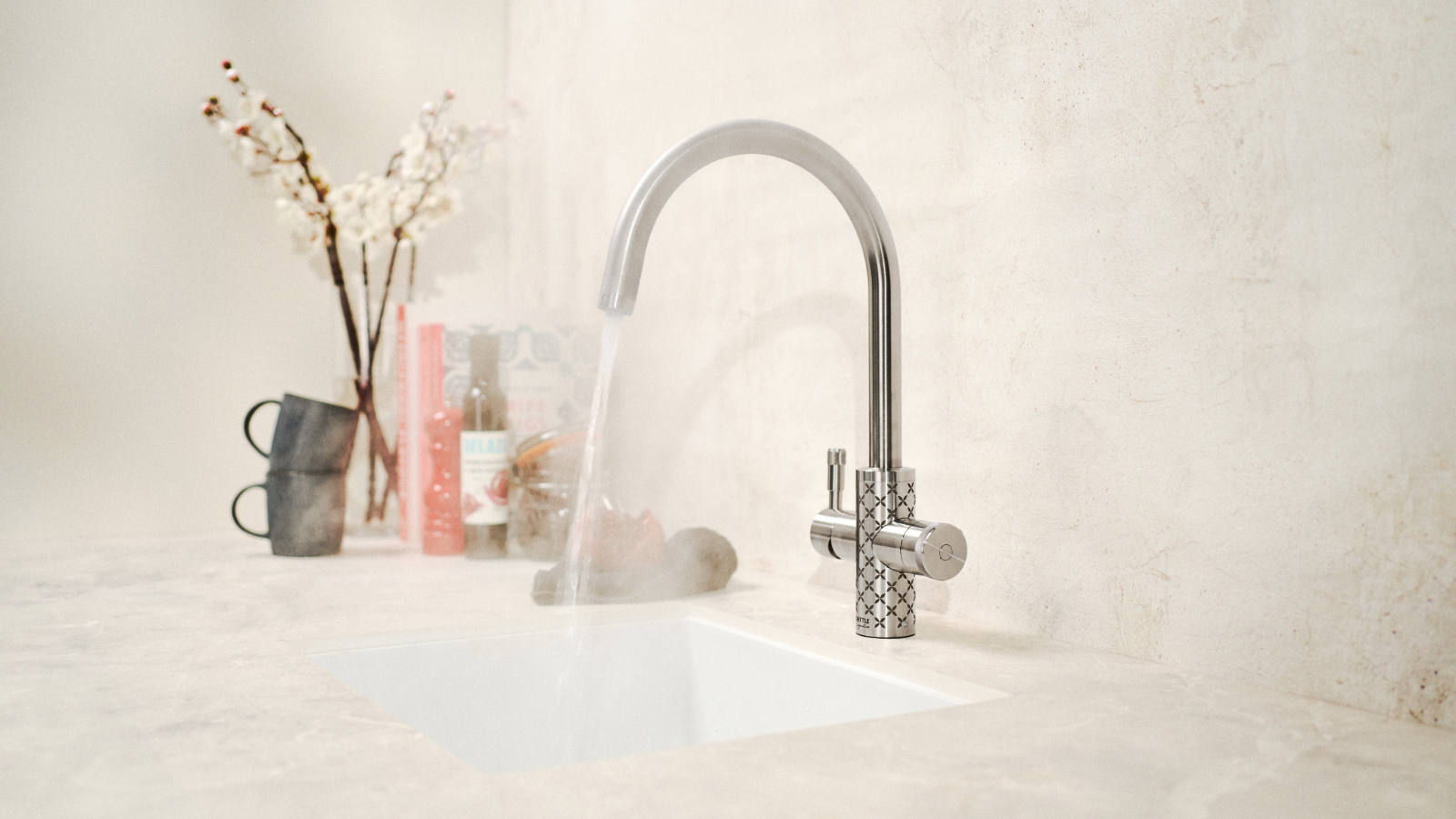5 things that make an extension look cheap – design experts reveal the common culprits that could lower the value of your project
These are the design choices that could be cheapening your extension project
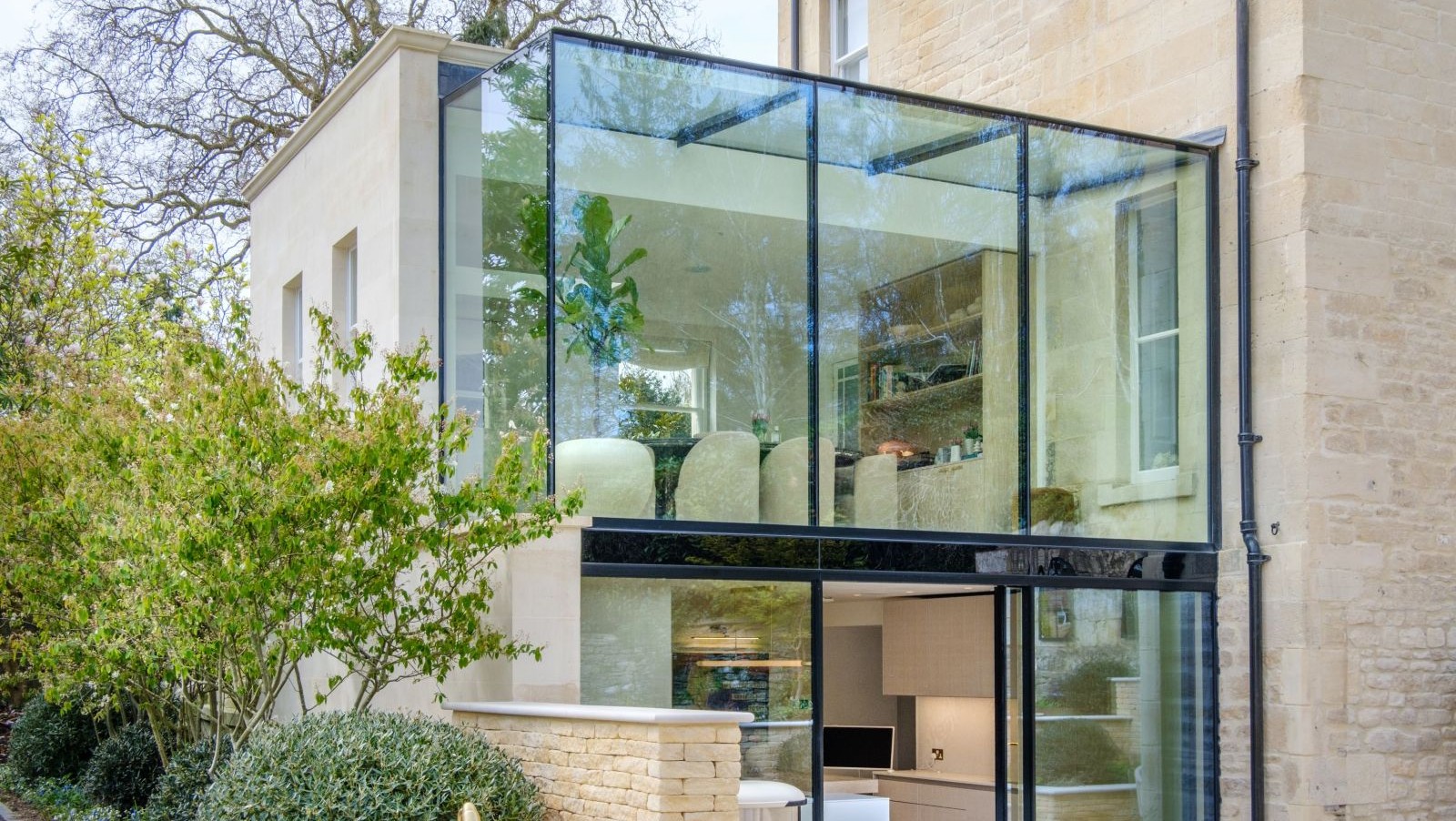
When you’ve gone to all the trouble of planning and costing a house extension, achieved all the correct permissions to go ahead and start the project, found the ideal builders and lived with upheaval for months, the last thing you want is for the finished result to look cheap.
From your choice of materials and finishes to larger considerations regarding the overall flow of the new space, there are some decisions you might make when building an extension that can have a negative impact on the end value of the project.
To help you avoid this, we’ve asked the experts to share their views on what makes an extension look cheap as well as what to try instead so that you can ensure your new space turns out classy, cool, airy and connected to the rest of the house.
1. Boxy bolt-on extensions
An extension that’s too ‘boxy’ in design so it looks like a complete bolt-on to a house is always bargain-basement, says James Bernard, director at Plus Rooms, a design and build company that specialises in extensions.
Without sacrificing too much outdoor space, it’s sensible to plan the most spacious extension possible for your budget so it won’t feel cramped. Under current Permitted Development rules, this allows for extensions of up to six metres on semi-detached/terraced houses and eight metres for detached houses, without needing planning permission for your extension.
Key tricks to avoid cheapening the design when it comes to extension costs, James says, include breaking up the roofline to add interest, bringing in different levels – perhaps considering, if feasible, a double-storey extension to create maximum extra space – and using materials that add visual appeal and texture.
To avoid making this common extension mistake, the big trick is to be sensitive to what’s already there, explains Amanda Pollard, editor at home renovation and design platform Houzz: “Whether your home is a Victorian terrace or a 1930s semi, taking cues from its original features, by echoing materials, proportions or detailing, can help the extension sit more comfortably within its surroundings.”
Bring your dream home to life with expert advice, how to guides and design inspiration. Sign up for our newsletter and get two free tickets to a Homebuilding & Renovating Show near you.
This doesn’t mean replicating the old, she adds, but rather designing something that feels like it belongs. On a period property, for example, a contemporary glass box extension can make a huge impact.

Along with his brother Robbie, James is co-director of Plus Rooms, a design and build company. In his youth, James laboured on building sites, and as a project manager, worked with structural engineers, building inspectors and architects.
Established for 14 years, Plus Rooms has now completed over 1,400 home extensions in London.
James and Robbie’s parents and grandparents owned building companies, passing on many years of experience and knowledge.
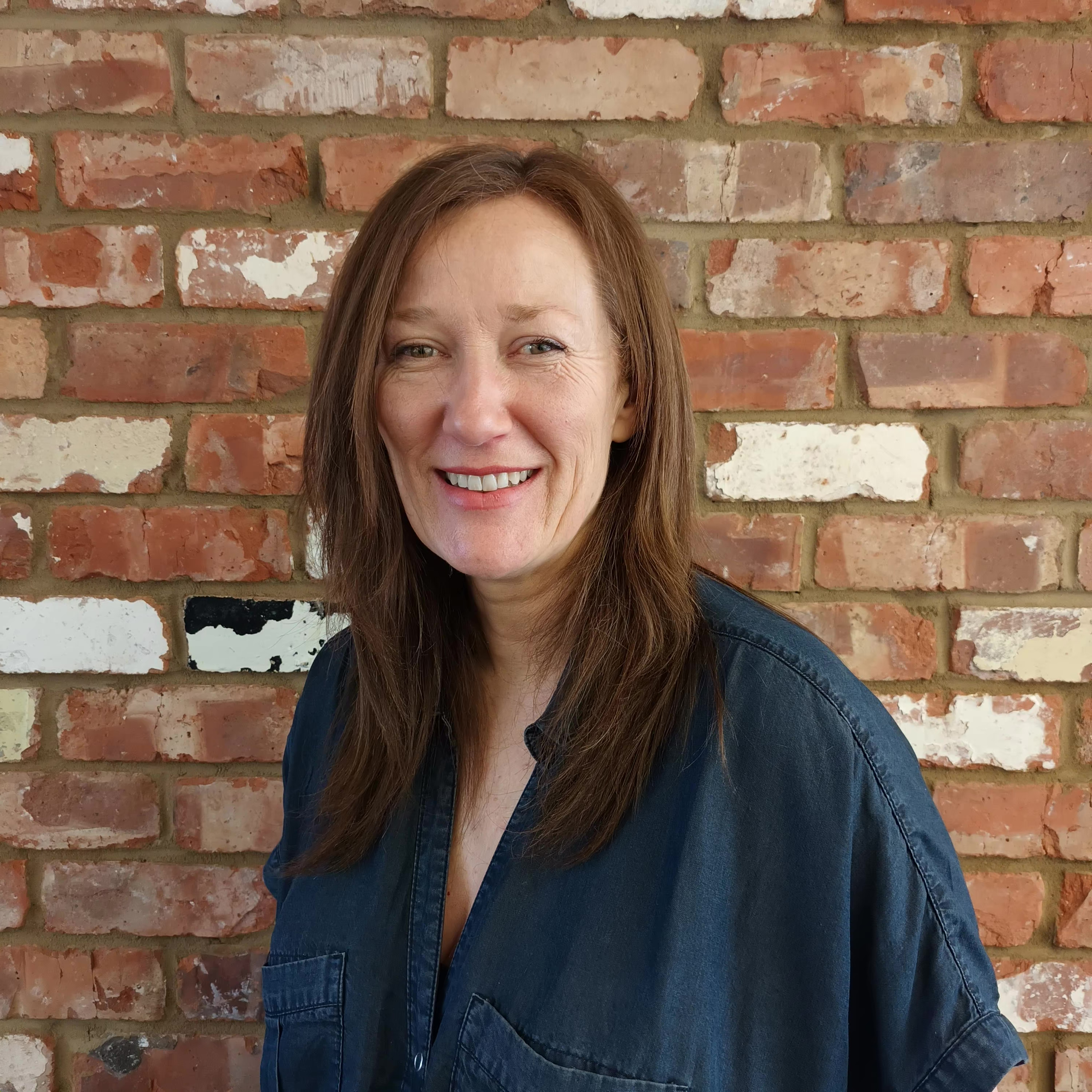
Amanda Pollard is a senior editor at Houzz, an online platform for home renovation and design. As a well-established homes and interiors specialist, Amanda regularly shares expertise from top-rated residential construction and design professionals. She can often be seen on Houzz webinars, reporting on the latest home renovation and design trends.
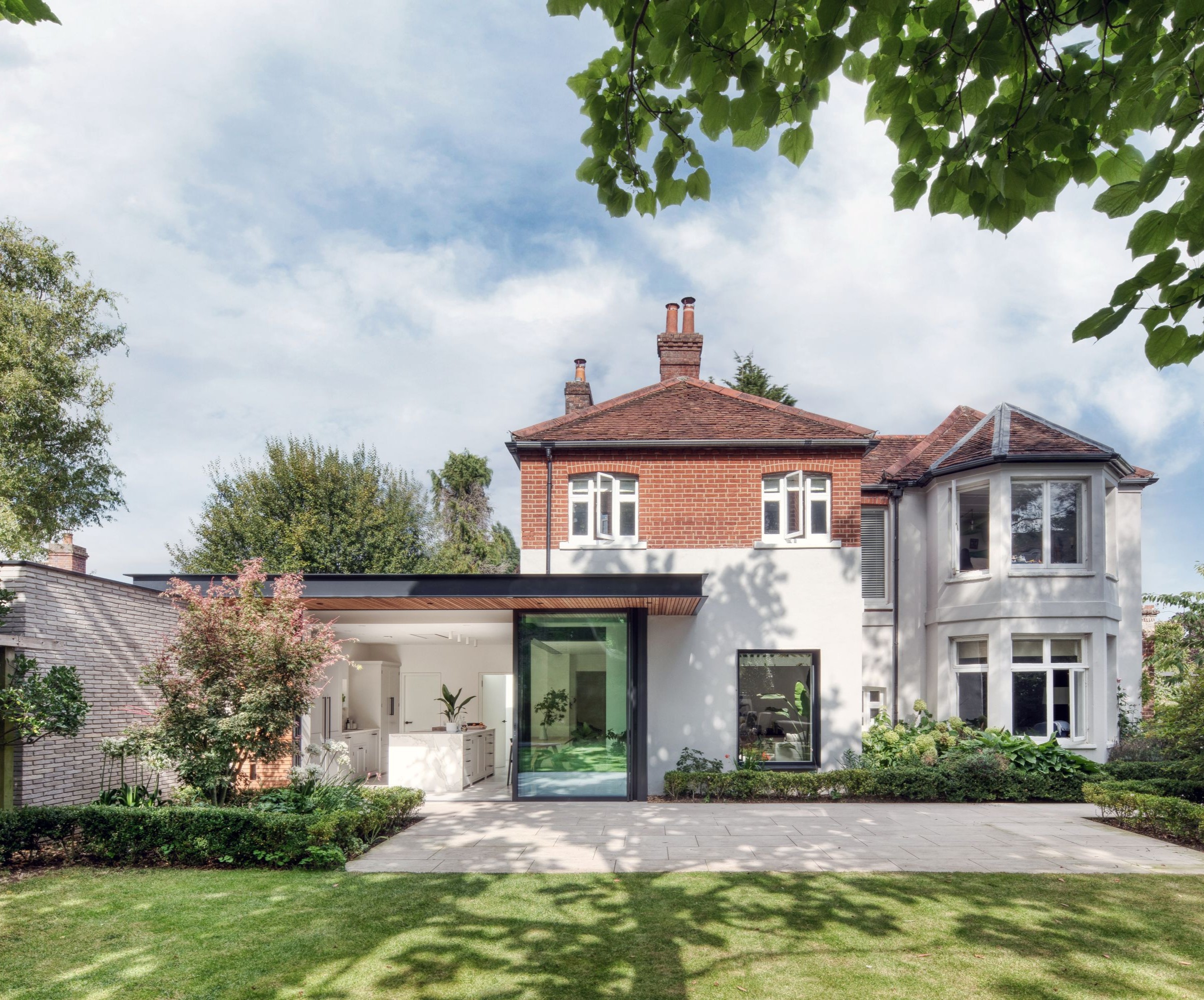
2. Tacky windows will cheapen an extension
Experts agree that no matter how well-designed an extension, using poor-quality uPVC window frames will instantly cheapen its appearance, inside and out, and reduce perceived value should you come to sell in future. This is particularly pertinent with extensions on period properties such as cottages.
Instead, take time to research and price up all the alternatives, including good-quality uPVC, timber, steel and aluminium. Key points to bear in mind for glass extension ideas are selecting new frames that complement or carefully contrast with existing window frames elsewhere in the house, ensuring that openings segue will happily with the way you intend to use your new extended space, and positioning the new windows to allow in enough natural light so nothing feels compromised.
Also, avoid mismatched door and window heights, a rookie mistake that looks shoddy, advises Mark Hood, director of architecture at Resi, a practice which specialises in extensions.
“When bifold doors and adjacent windows don’t align at the header, it breaks the visual flow,” he says. “Even untrained eyes will notice the lack of cohesion.”

Architect Mark Hood, director of architecture at Resi, a practice which specialises in extensions, leads a 30-strong team in London and a national network of partners for Resi.
He manages more than 100 residential projects a month, moving from point of sale through to construction, so has lots of practical, hands-on knowledge. Formerly head of new-build construction, Mark now also leads the decarbonisation of Resi’s portfolio, aligning design excellence with sustainability.
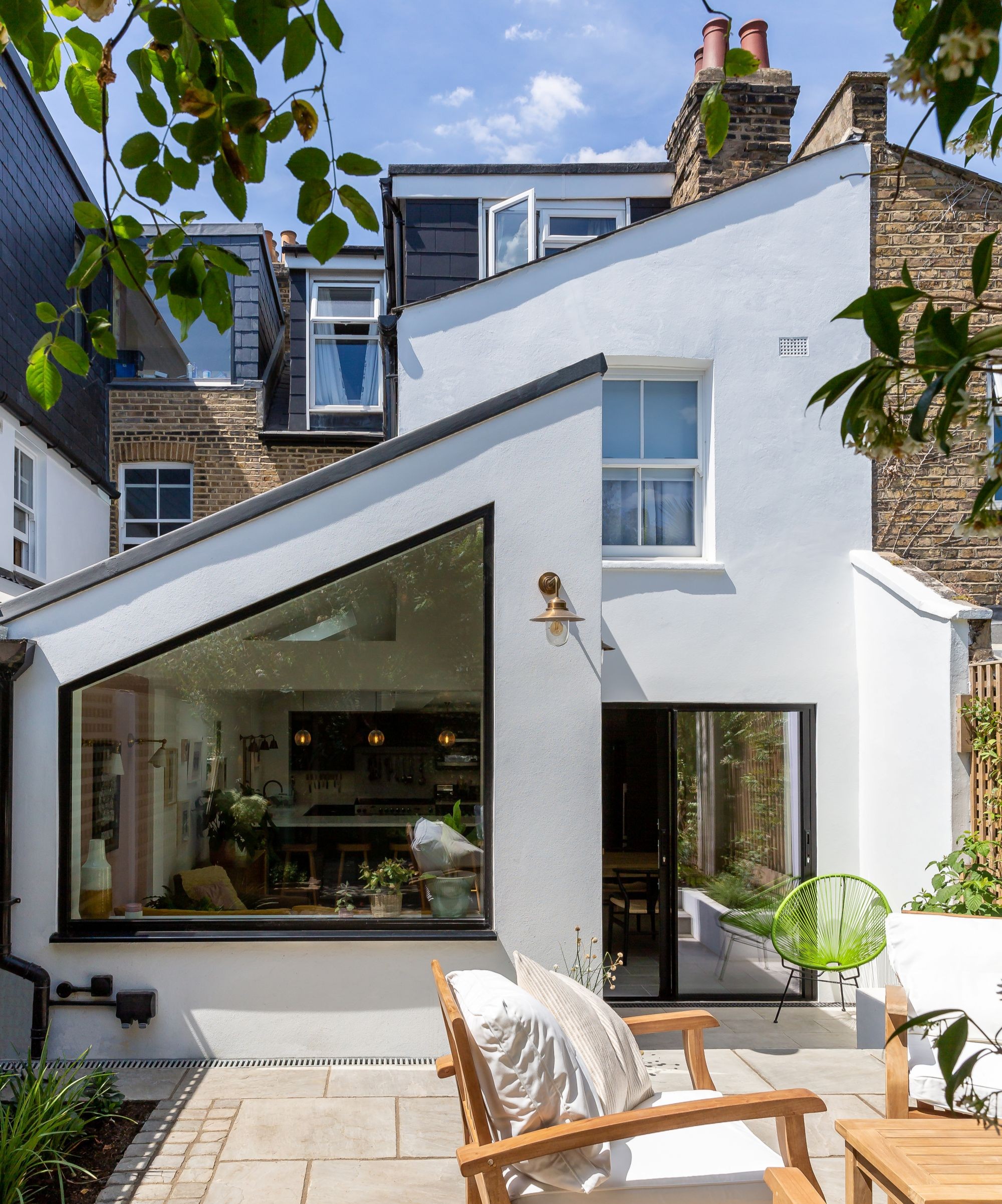
3. Boring brickwork looks low value
Mark warns against going with “basic brickwork with no texture or variation”. This will always look low-cost and lack visual interest, he believes. Instead, his advice is to go the extra mile to find materials that blend with the rest of the house, or that can be interpreted to create a striking contrast for your extension idea. Speak to your architect about how interesting touches, such as varying brickwork patterns, can add a touch of class to the simplest of designs.
Choice of materials will have a huge impact on the overall atmosphere and feel of an extension. “Whether you’re working with brick, timber, metal or glass, thinking about texture, colour and context can really elevate the finished result,” says Amanda.
Materials that either complement or deliberately contrast in what Amanda calls “a thoughtful manner” helps create a more coherent and balanced scheme. “When materials clash, whether it’s mismatched finishes, or tones that don’t quite sit right, it can make the design feel a little unresolved,” she adds.
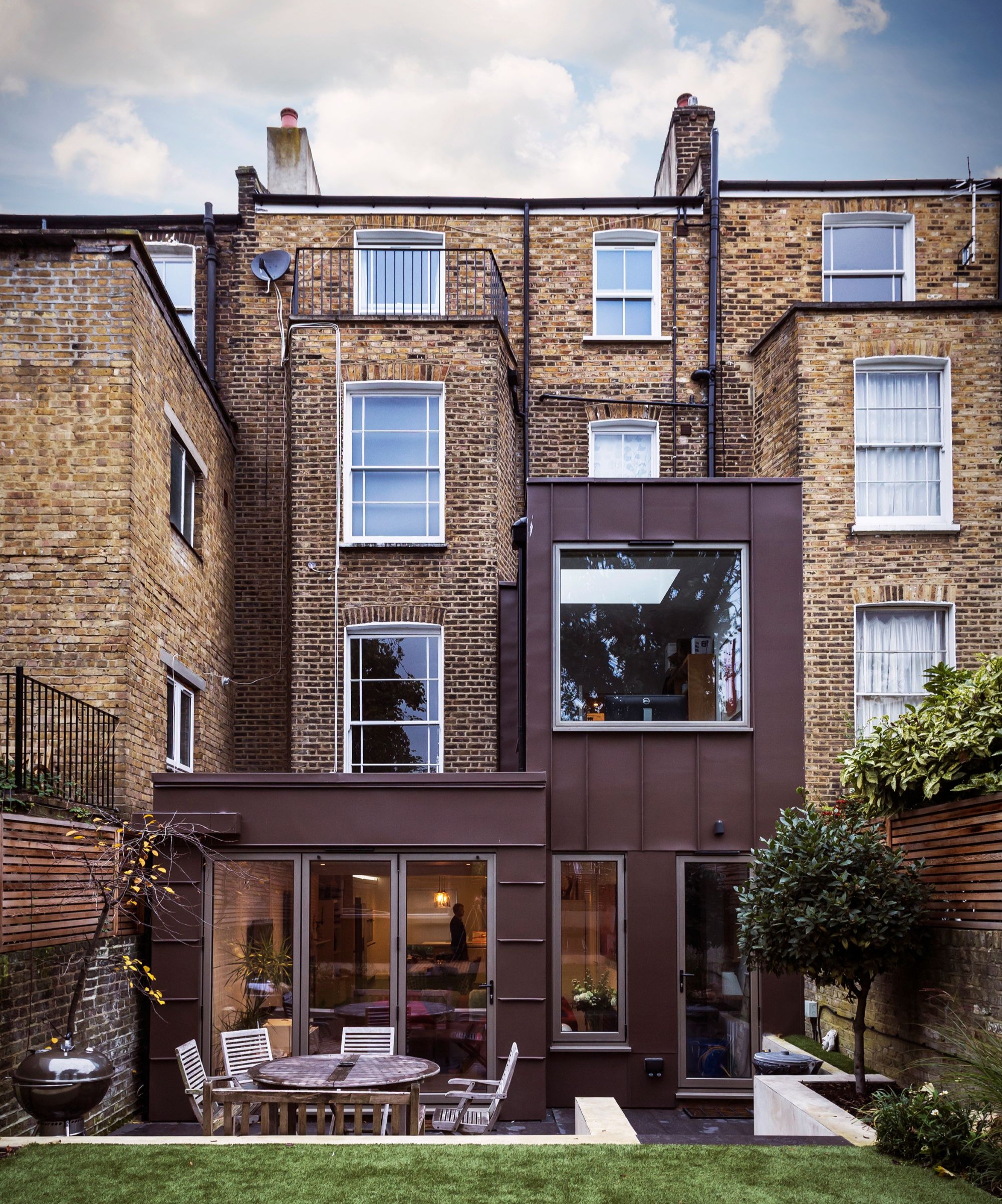
4. Cramped spaces with a lack of flow
When planning an extension, it’s easy to focus on the new space itself, but thinking about how it connects with the rest of the house is just as important for that luxurious, streamlined look. “A well-designed extension should enhance the overall flow, making it feel like a natural continuation rather than a recent addition,” says Amanda.
To foster that expansive – and expensive – feel rather than a series of cramped spaces, it’s important to ensure that rooms connect in a logical way, floor levels are aligned and sightlines maintained. This includes the link to outdoors.
“Avoid unnecessary steps to the garden as multiple level changes can feel clumsy,” says Mark. “A better way to make an extension work with a garden is to have a flush threshold, where internal and external levels match, creating a seamless and high-end connection.”
And pay attention to the flow of flooring, adds James: “Spending lots of money on an extension and then choosing cheap vinyl flooring is a huge mistake. This can really hinder the overall look and feel of a design.”
Solid wood is wonderful, but expensive and demands maintenance, especially in busy areas. Consider engineered wood and luxury vinyl tiles (LVT), recommends Alex Heslop, trend expert at Flooring Superstore in a tone that complements existing flooring.
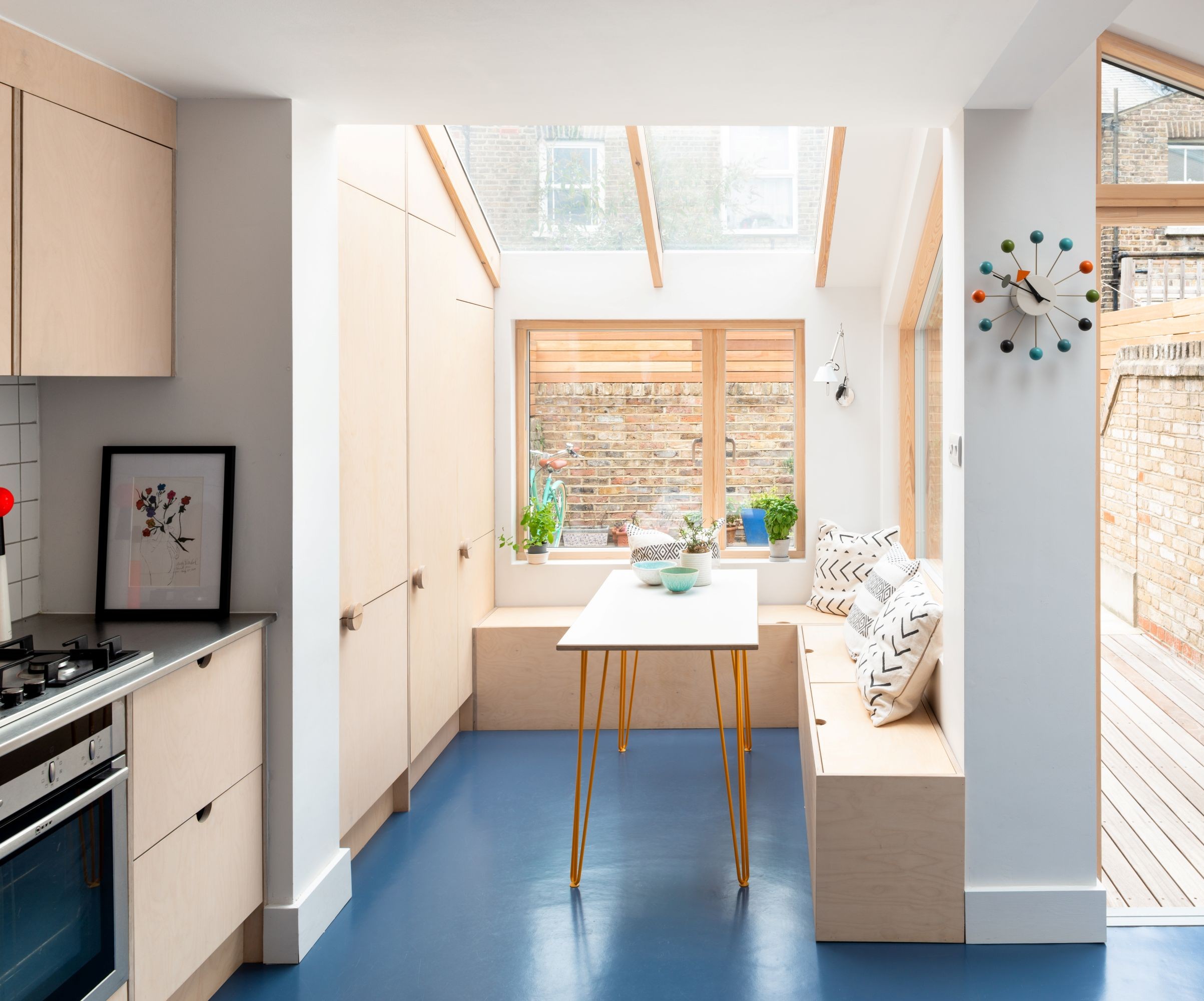
5. Spaces with a lack of natural light
Extensions without ample natural light feel gloomy, cheap and amateurish, says Mark, so don't forget to consider how to maximise light when adding a kitchen extension.
“When you’re planning your extension, remember to factor in generous rooflights and/or well-placed glazing,” advises Mark. “These will make a space feel brighter, bigger and far more premium.”
Speaking of the roof, opting for basic bitumen to save money almost always looks cheap and nasty, says James. Instead, if your extension is in complementary style to the main house, consider using roof coverings like tiles or slates that match.
If you’re aiming for contrast, with a contemporary extension that’s clad in timber or metal, for example, follow the approach through to the roof without compromising. “It will be worth the outlay,” says James.
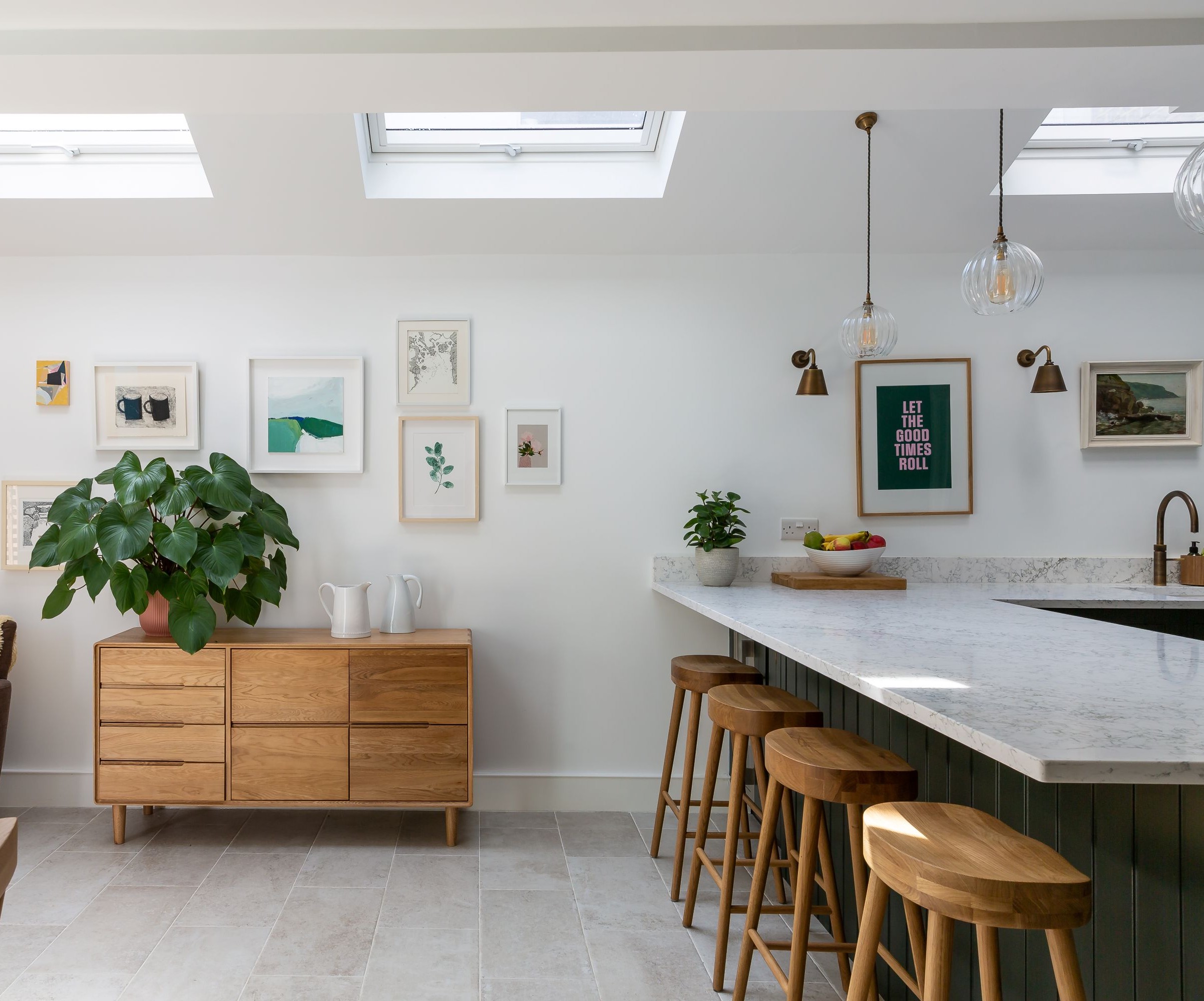
Whether you're extending to the front of your house or looking for interesting rear extension ideas, knowing what can cheapen the overall look of your space is key if you want your new extension to add value to your home.
To get a better idea of where to spend your money, our extension cost calculator will help you to set a realistic budget for your project.
